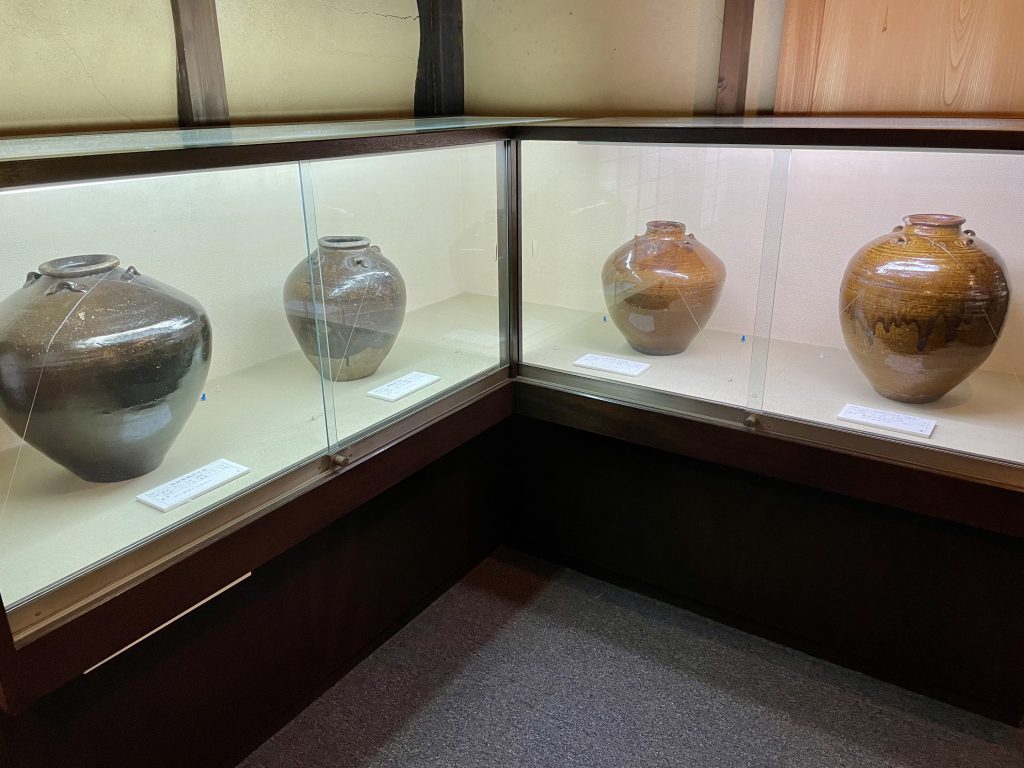At Uji Kanbayashi Memorial Museum, you’ll learn about the history of top-quality Uji tea and the shogun’s official tea manufacturer.
Written by National Government Licensed Guide Interpreter Ikuko Kubota
Walking for about 5 minutes along Ujibashi street from JR Uji station, you’ll find a traditional old gate called Old Nagayamon. This is a historic gate to the residences of the tea producers who served the Tokugawa Shogunate.
Uji, located in the south of Kyoto, flourished as Japan’s leading tea-producing region under the patronage of the shoguns. During that period, around nine large houses built in same style were lined up facing Ujibashi street. In addition the district had a total of 16 great houses with the same gate, creating a unique townscape. This street was in fact the center of Uji, the tea producing district and the area is called Naka-Uji. There has been a lot of changes in its townscape over the passage of time and but many buildings associated with tea production still remains along that street.

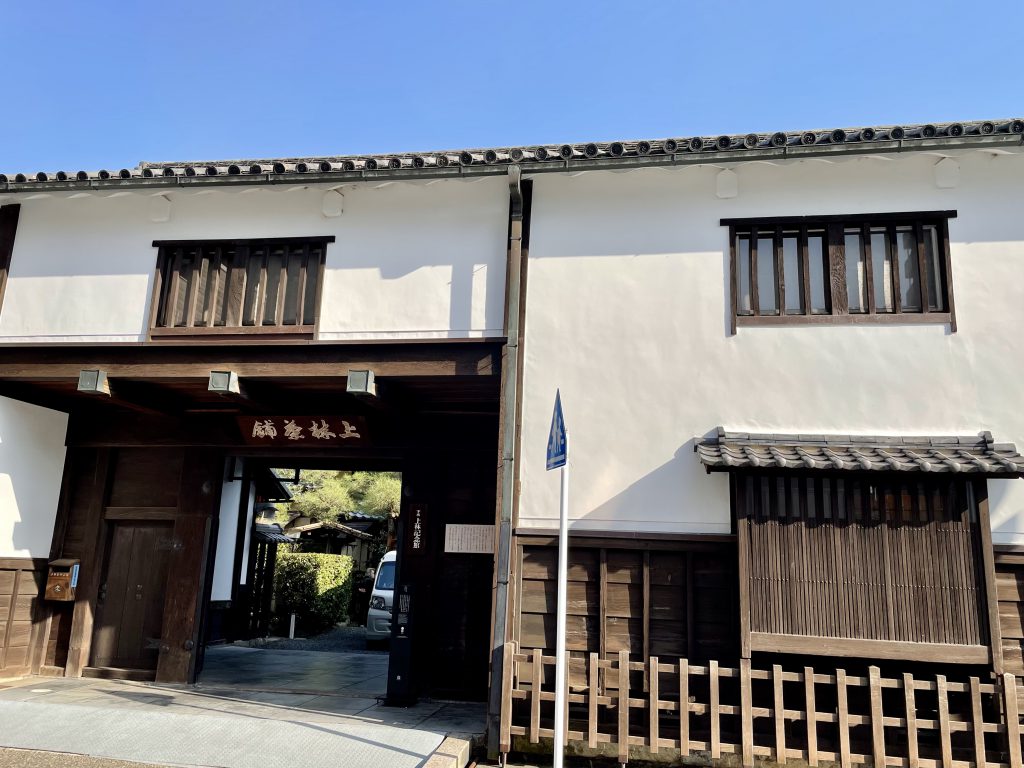
Today this gate serves as the entrance to “Uji Kanbayashi Memorial Museum.” The old building belongs to Kanbayashi family and was renovated into a museum. The family was the highest ranked tea producer of the Tokugawa shogunate family. The gate and the building were rebuilt 250 years ago after a large fire. They are the only remaining historical structures left from the buildings once belongs to the Shogun’s tea producers.
Let’s go inside. Once inside, you’ll notice see many large earthen jars. Can you guess what they are for? They are to store tea leaves. During those days tea leaves were stored in earthenware jars and transported to their high-class customers such as feudal lords. Various old tools used for the manual tea processing during those days are displayed here.
Now let’s go upstairs to the 2nd floor! In a comfortable space, a wide variety of valuable items related to the Kanbayashi family and their business are displayed.
Among them the most notable is a letter from Toyotomi Hideyoshi, the ruler of the nation at the end of the 16th century. The letter was sent to the head of the Kanbayashi family. The reason why this letter is found here lies in their family history. The Kanbayashi family started tea production in Uji in mid 16th century. Later Toyotomi Hideyoshi ordered Kanbayashi family to manage all the tea productions in Uji.
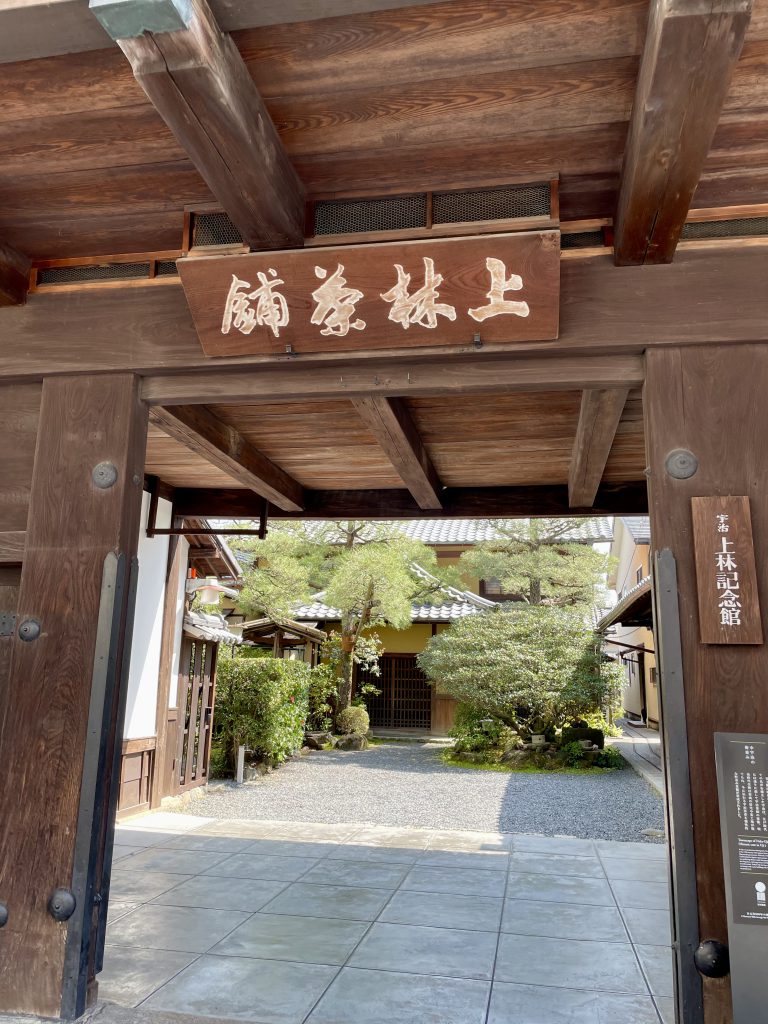
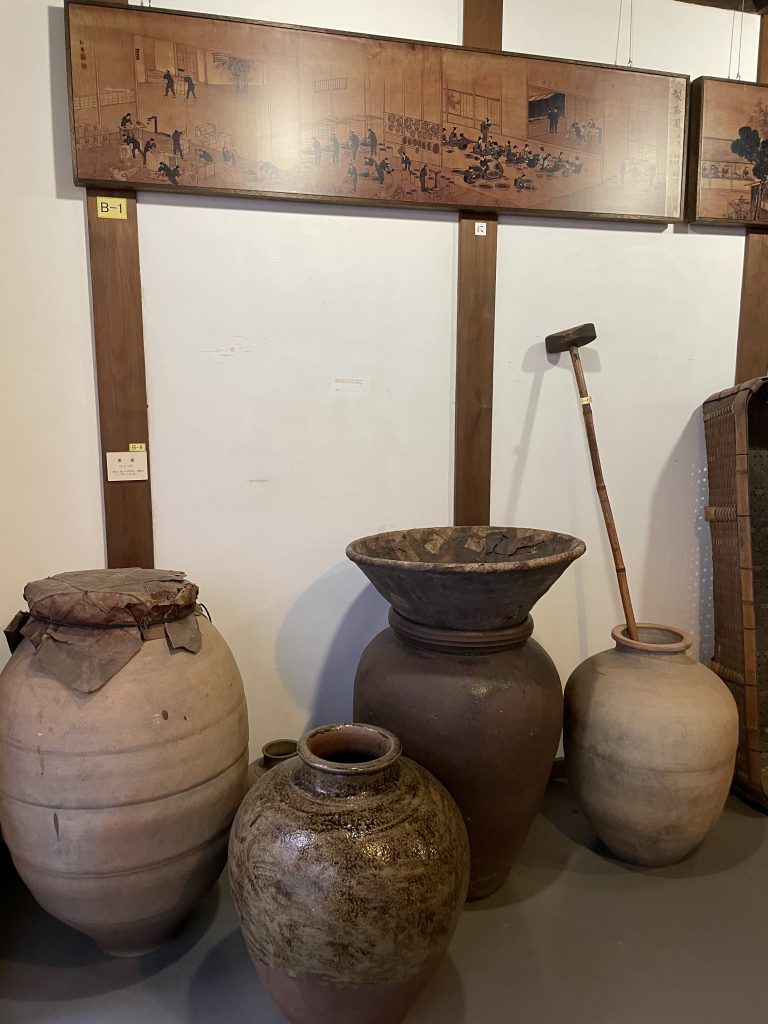
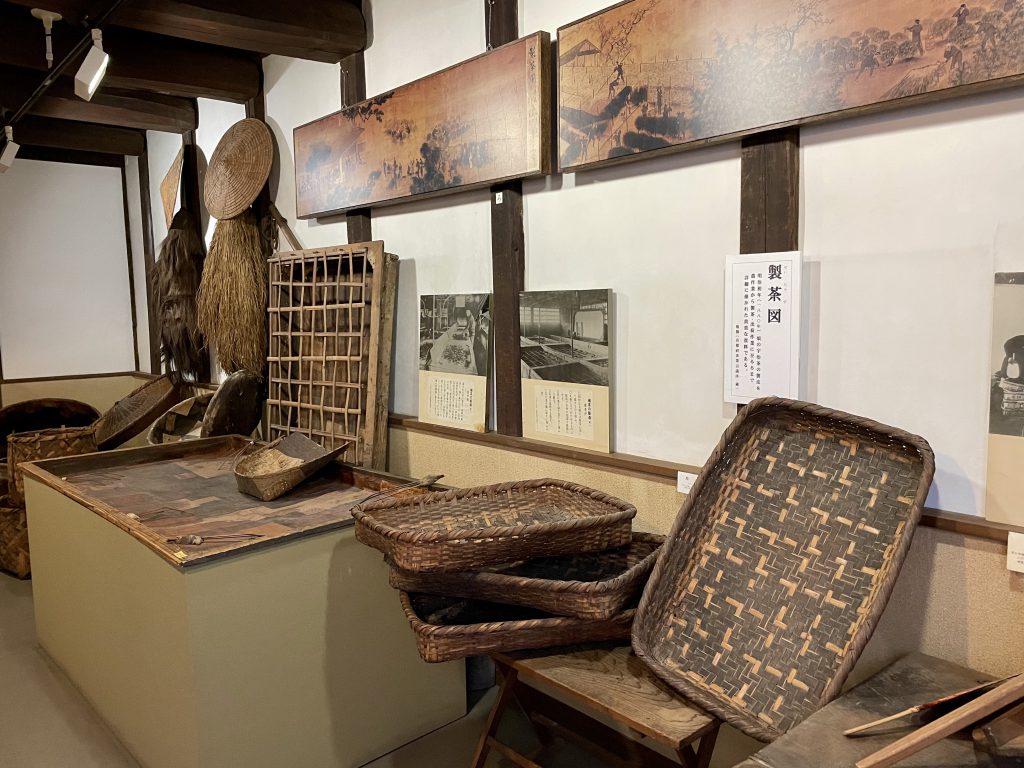

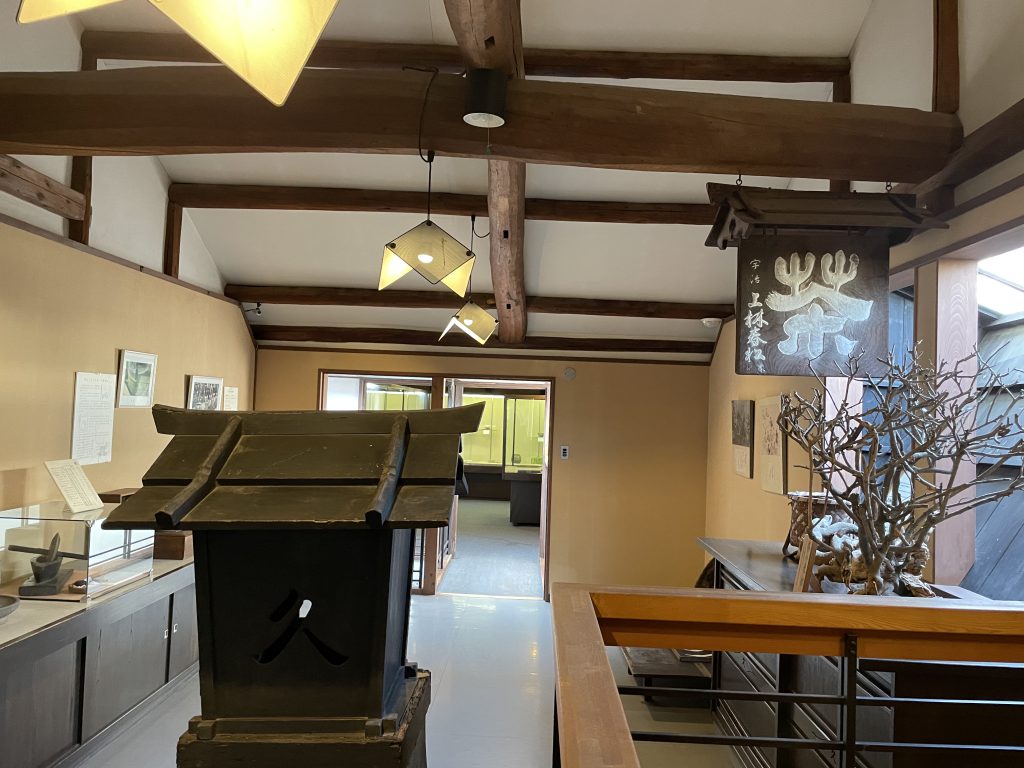
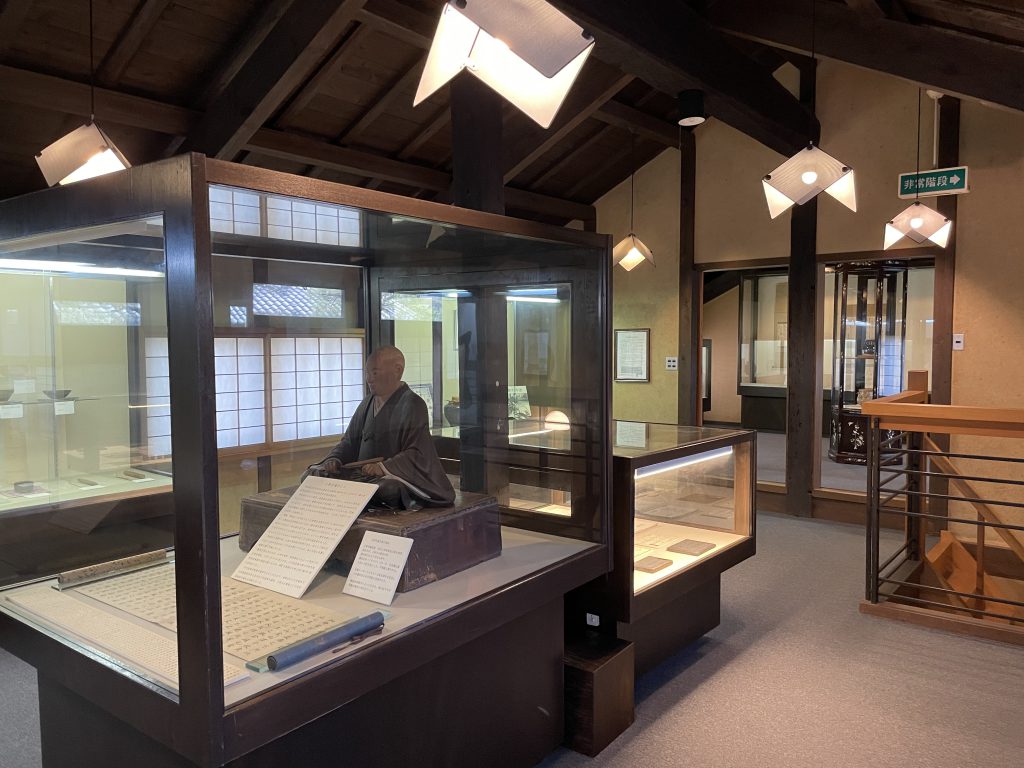

Please take a look at this statue. He was called Chikuan and is from the Kanbayashi family. He was a samurai and served the Shogun Tokugawa Ieyasu, fought for him and was died in battle. Moved by his loyalty the Shogun appointed the Kanbayashi family as the highest ranked tea supplier to the Shogunate family. The family served at this position throughout the Edo period.
The shogun’s official tea manufacturers had to produce the highest- quality tea all the time. In order to ensure the stable supply of the quality tea, a unique method was developed in Uji region. The method included covering tea bushes with straw so as to protect them from frost damage.
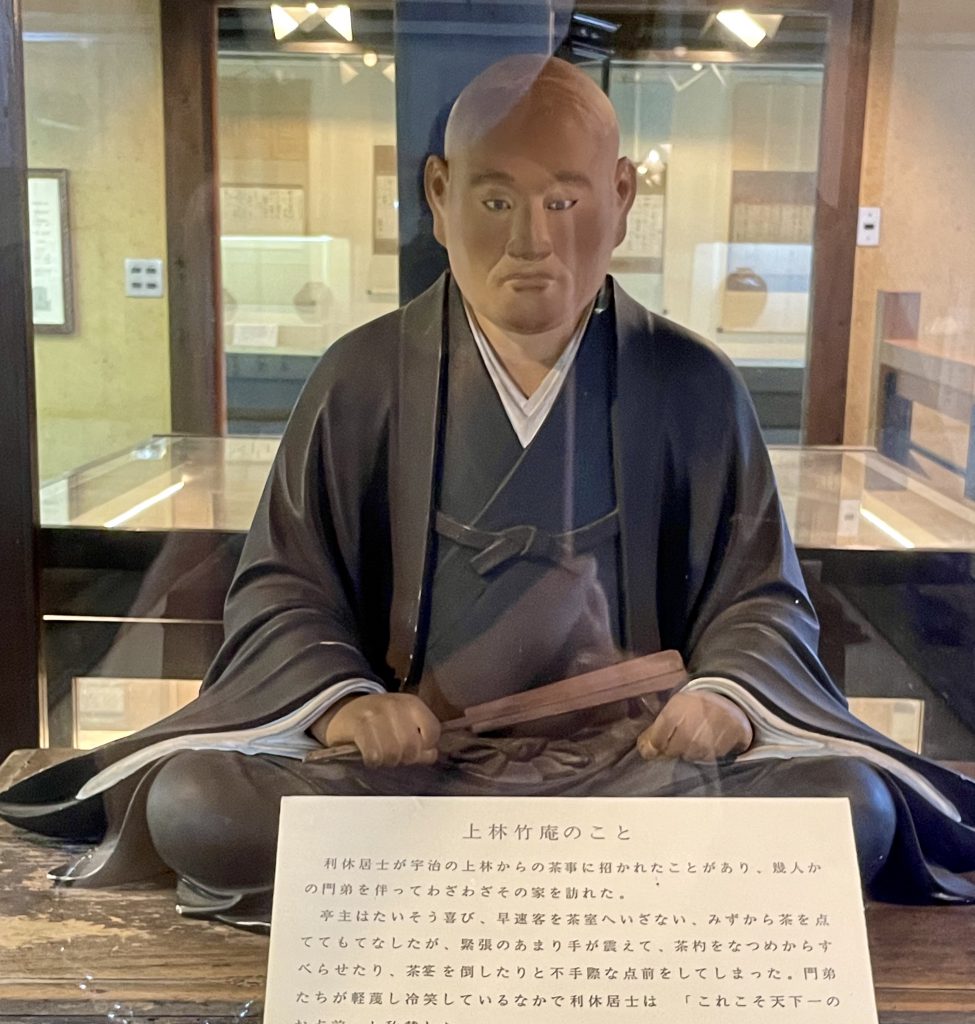
Now please look at these tea jars. They are very special jars to store the best quality tea for the shogun family. These were the largest jars at that time and they were imported from Philippines by merchants in Sakai, Osaka. They were sold at extremely high prices. They were called “Luson Jars” as Luson refers to the Philippines.
The Kanbayashi family was also tasked with filling the jars with freshly harvested tea leaves in a specified manner. These jars were carried from Uji all the way to Edo (Tokyo) in an elaborate procession. After the fall of the Tokugawa administration, almost all the Shogun’s official tea manufacturers in Uji had to quit their business. Only the descendants of Shunsho Kanbayashi family has continued their tea business to this day.
